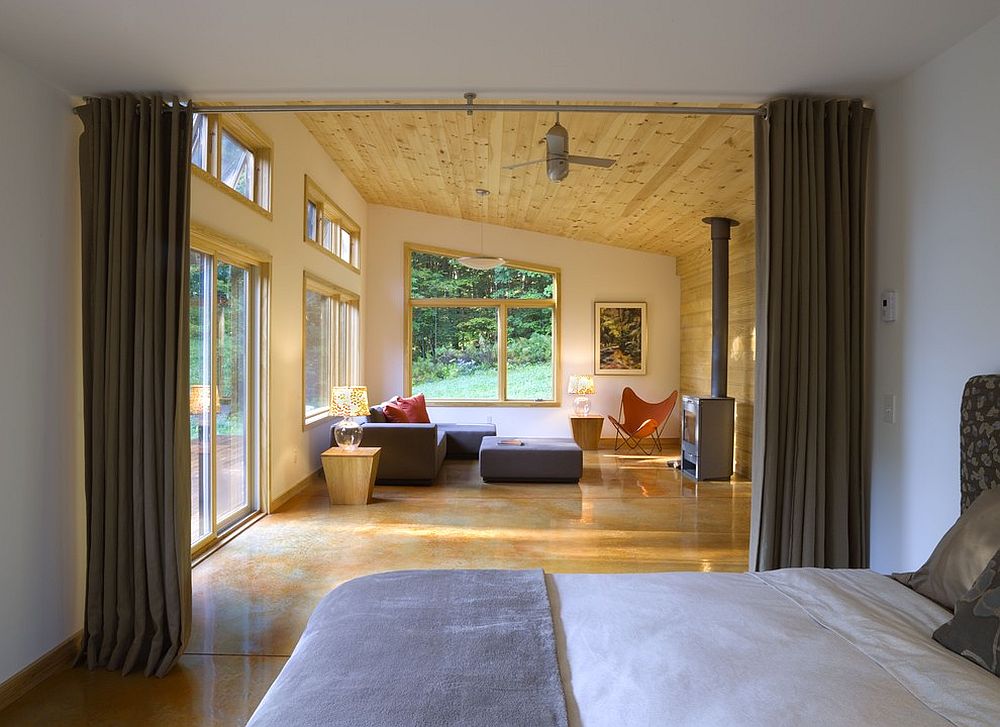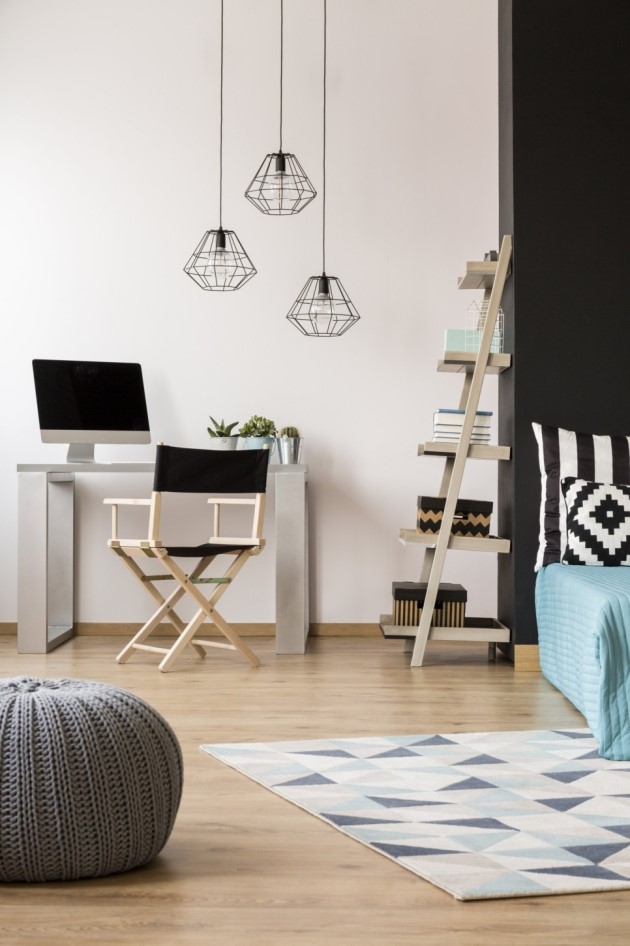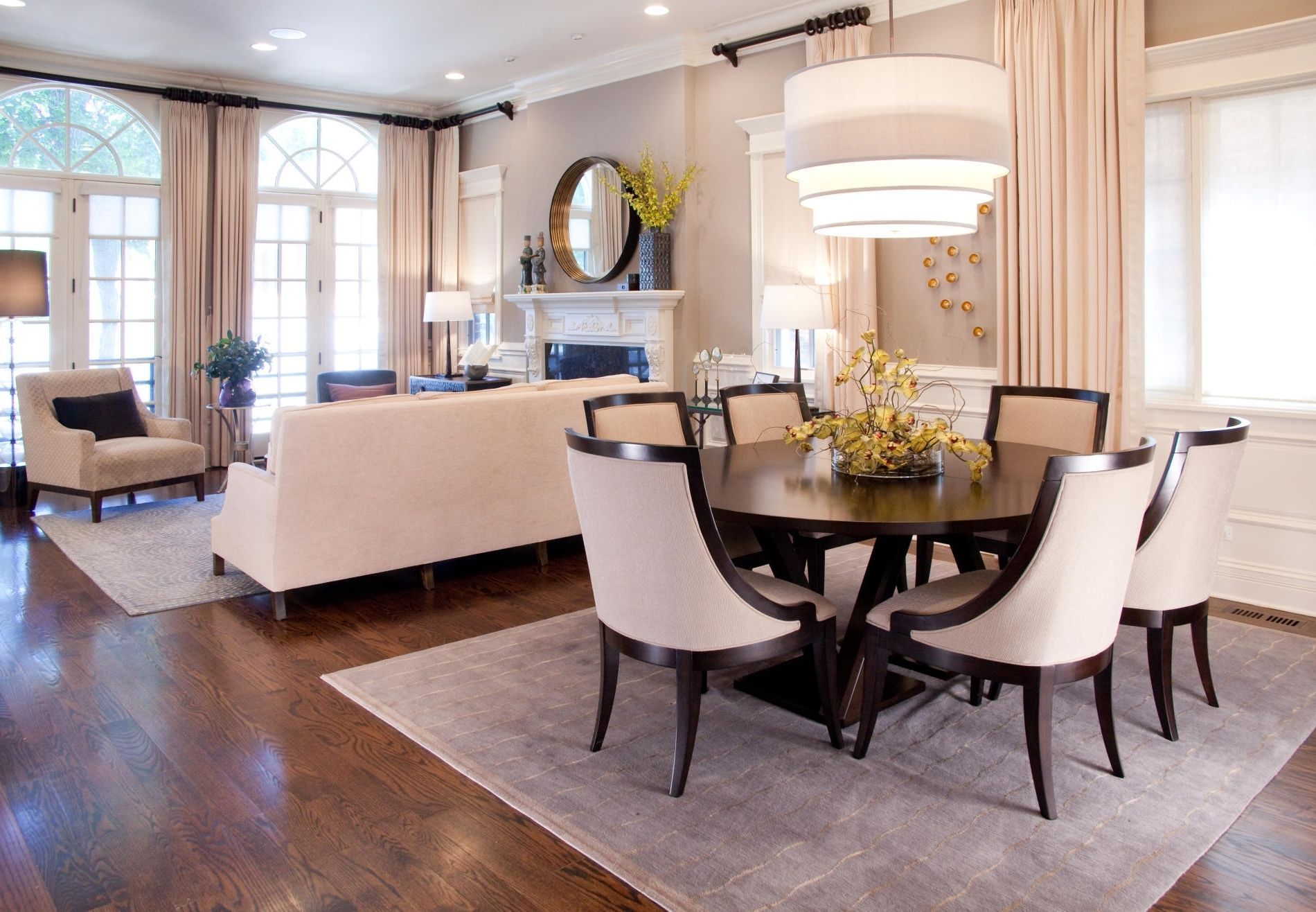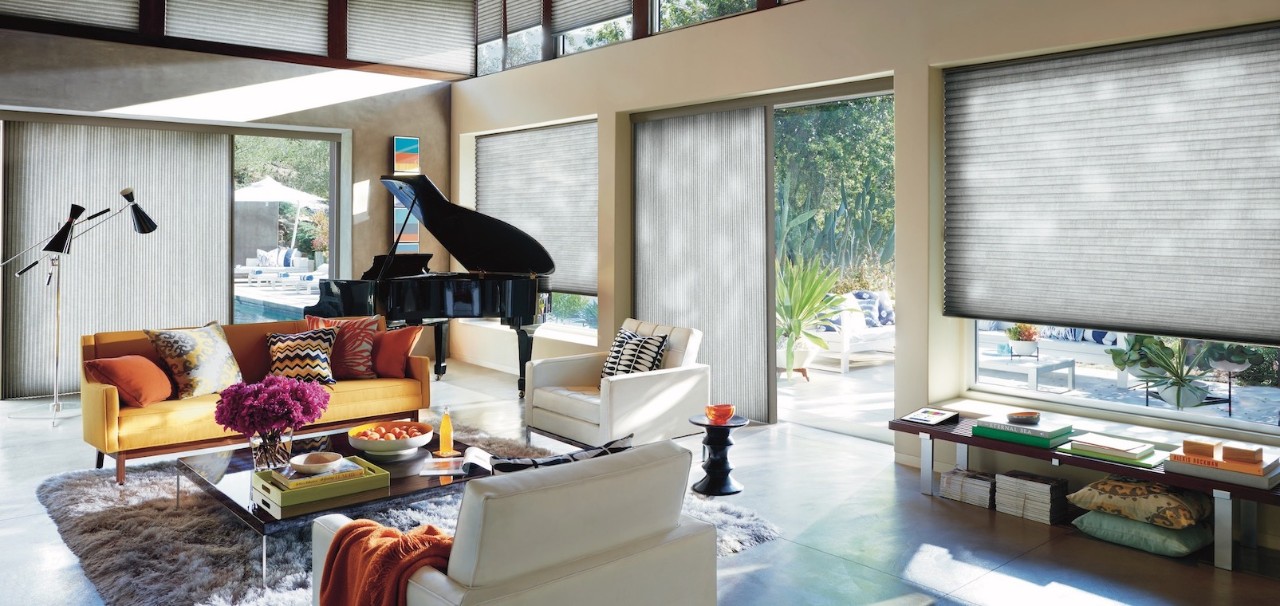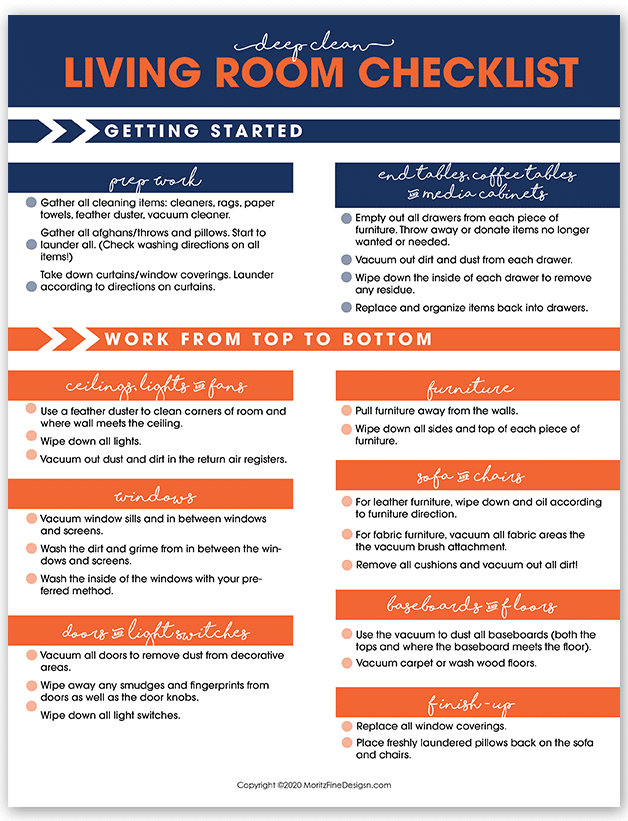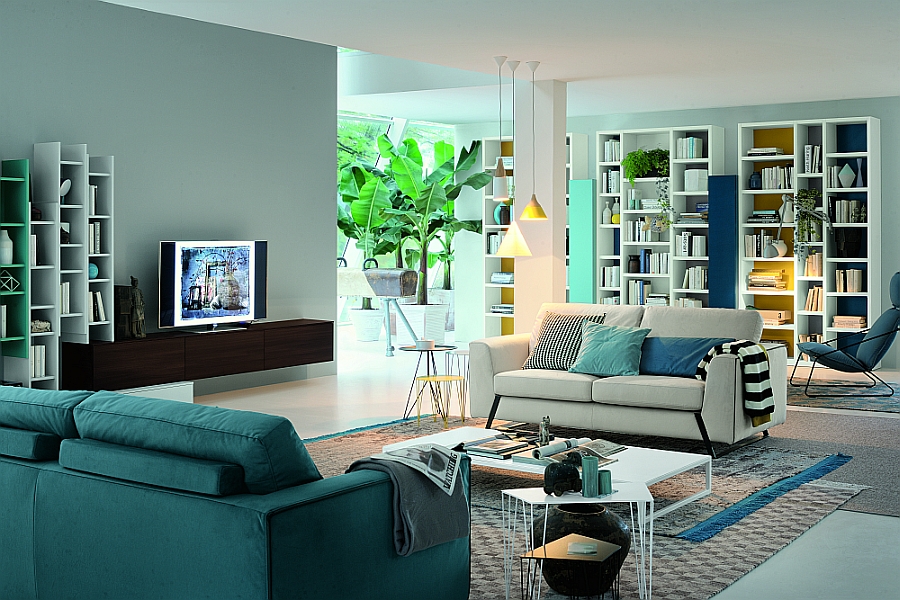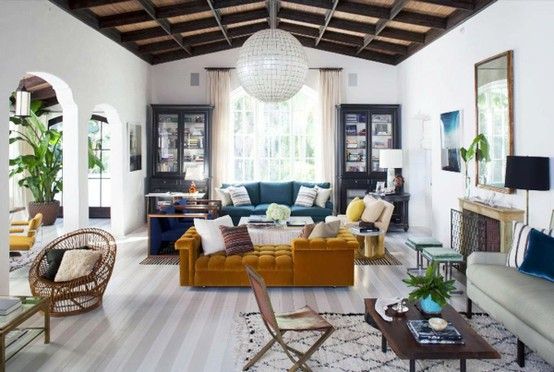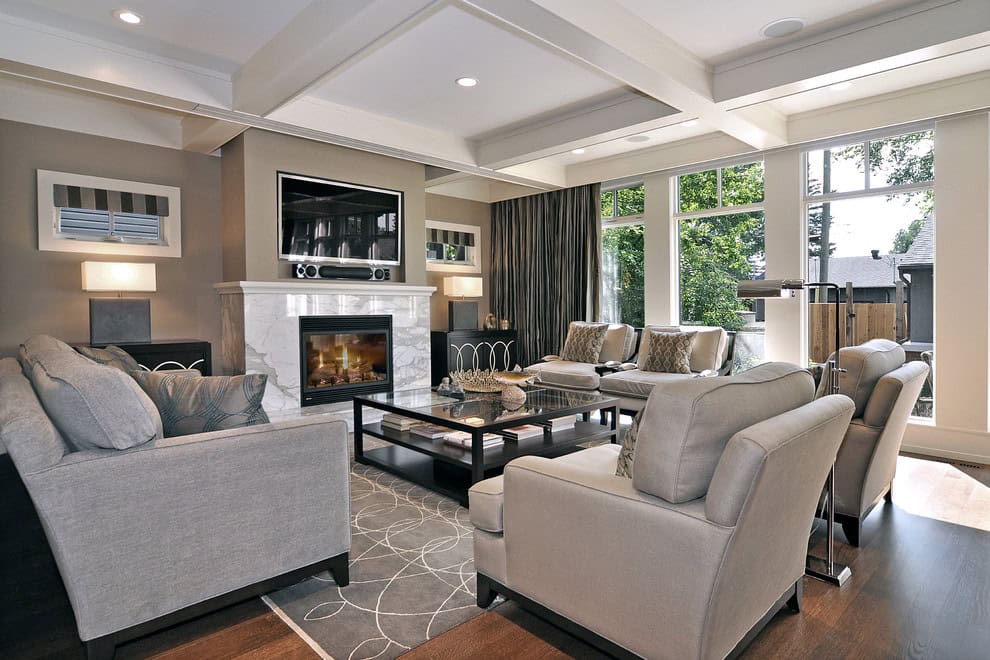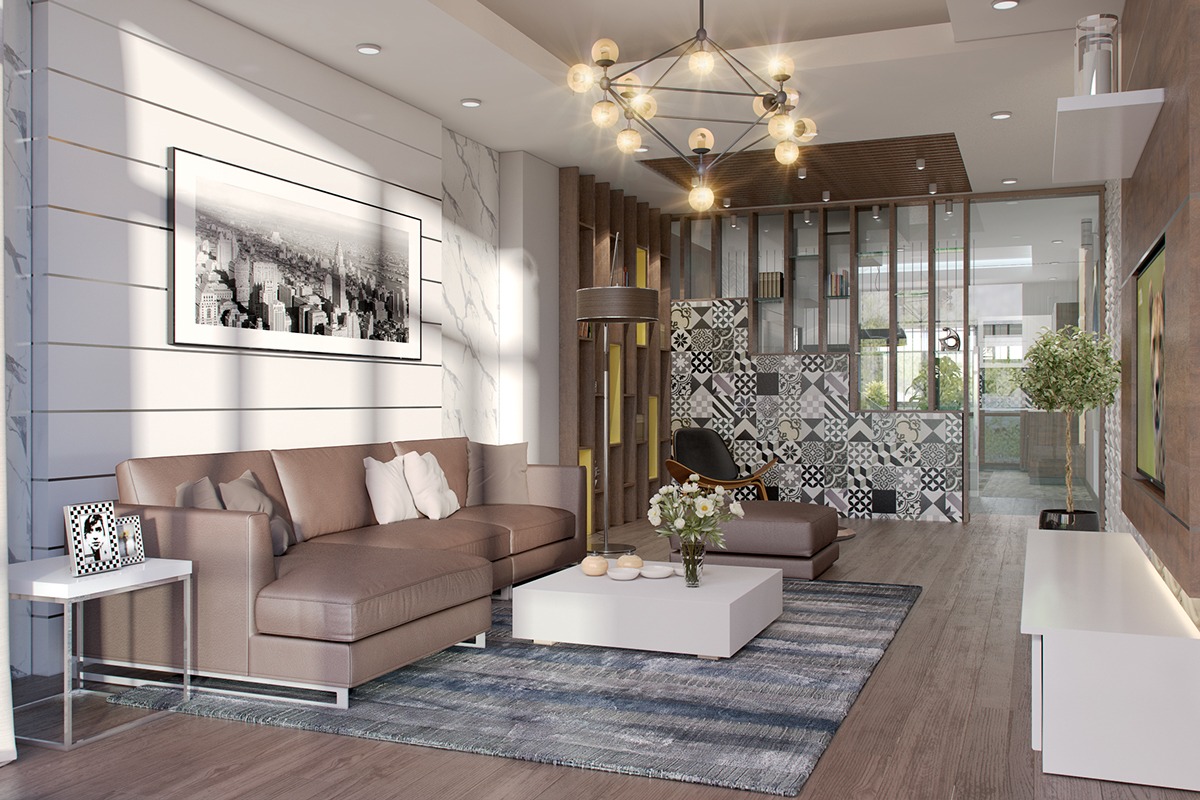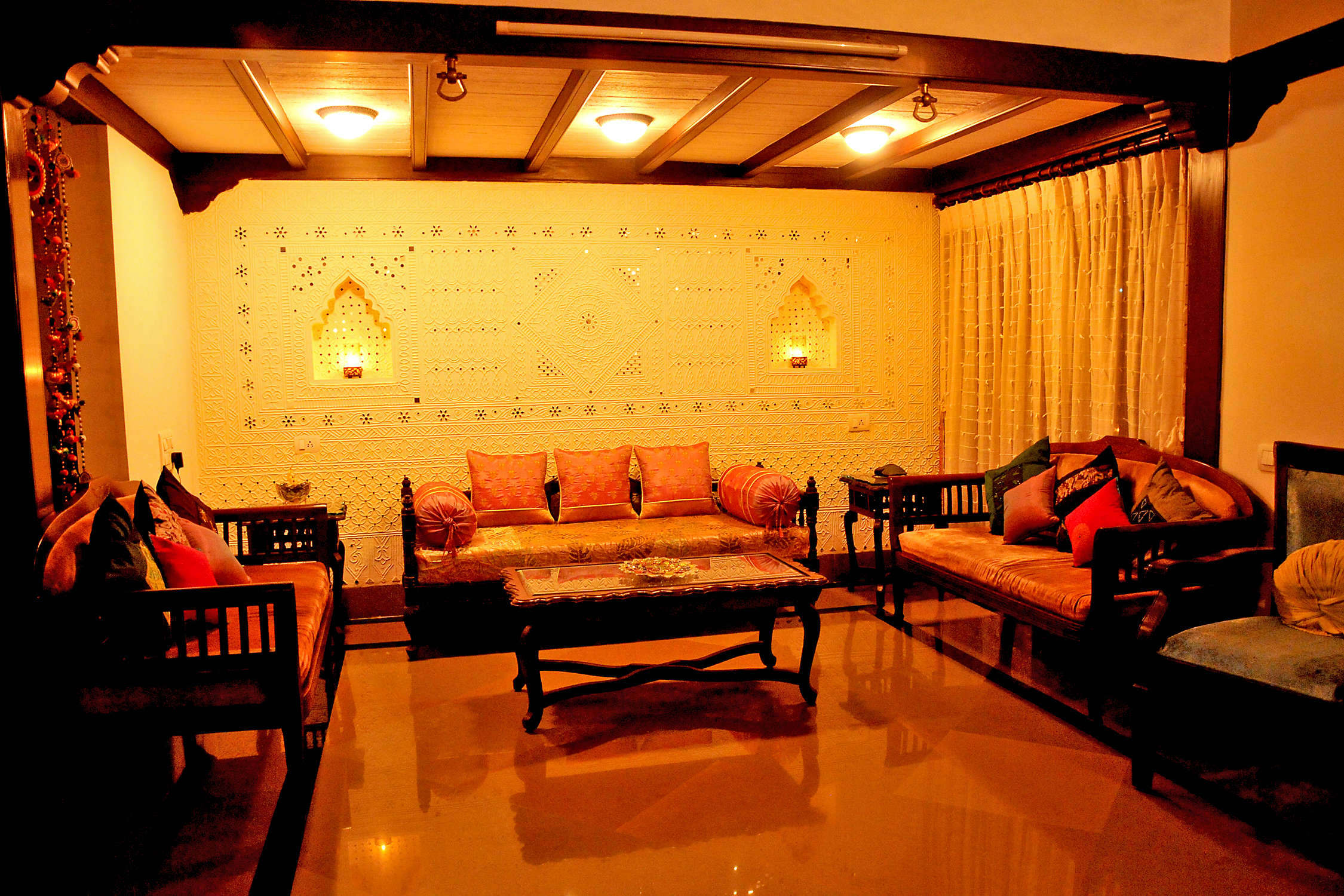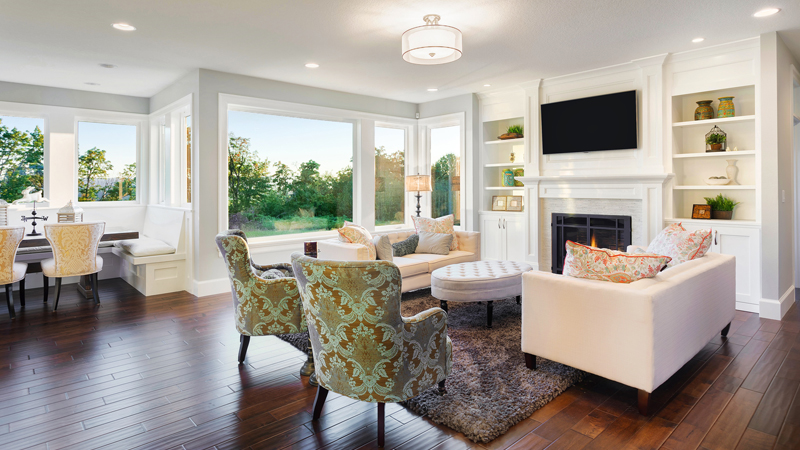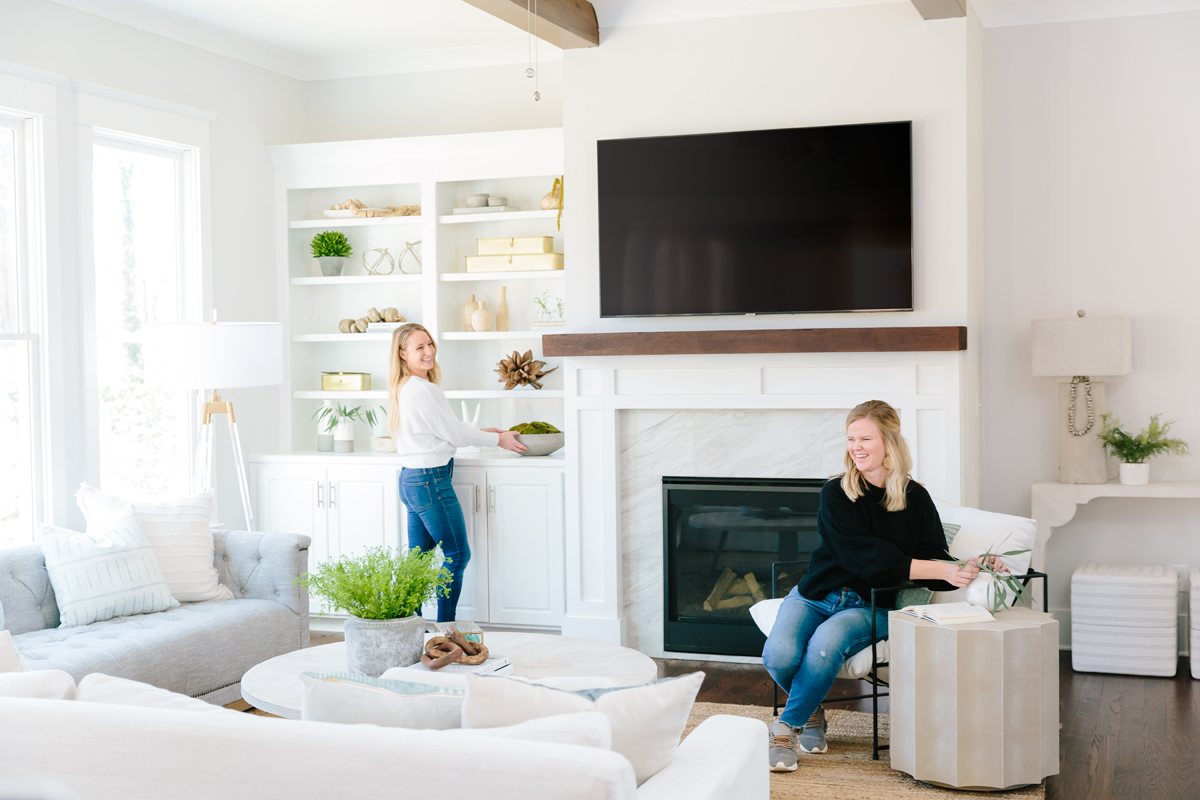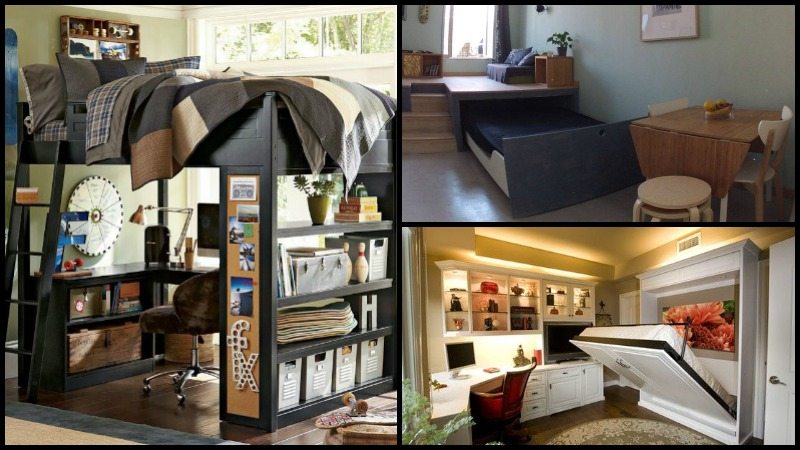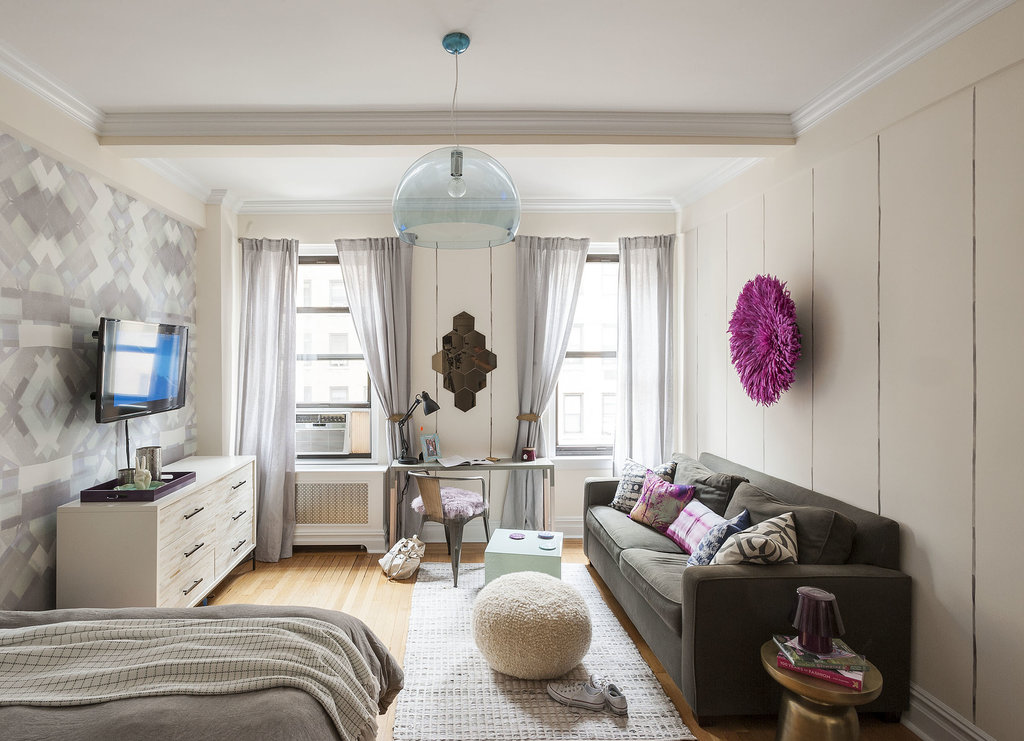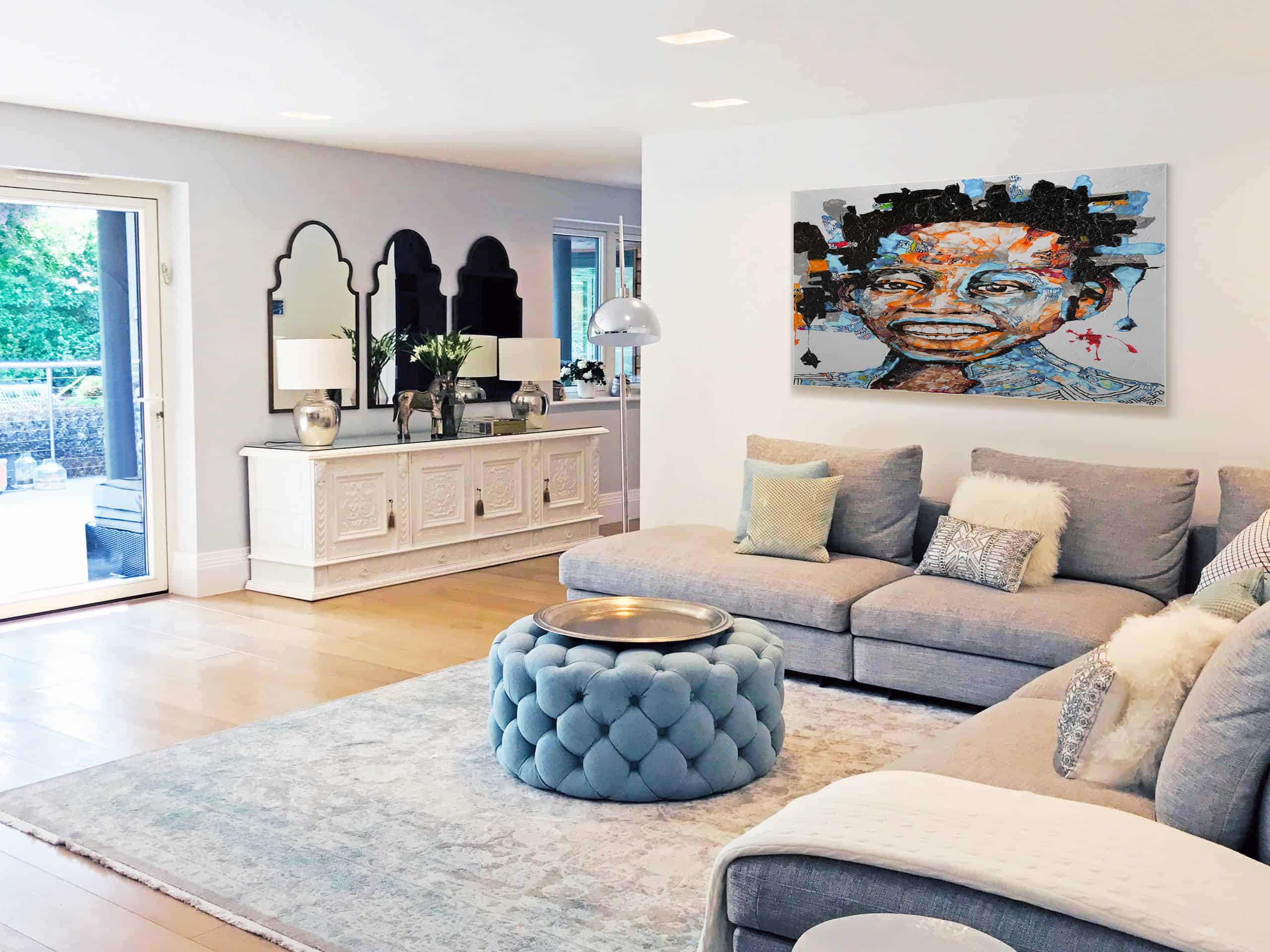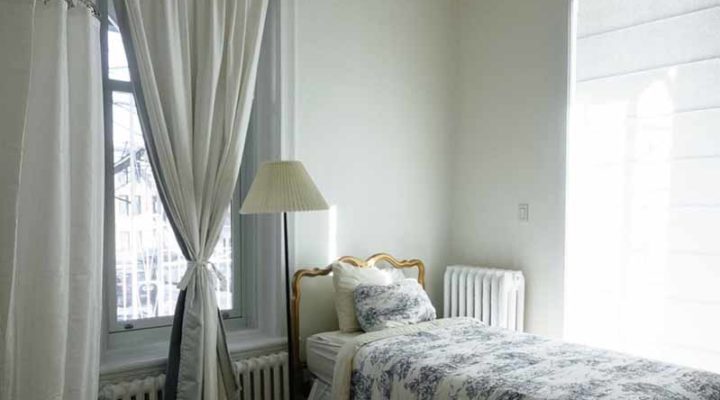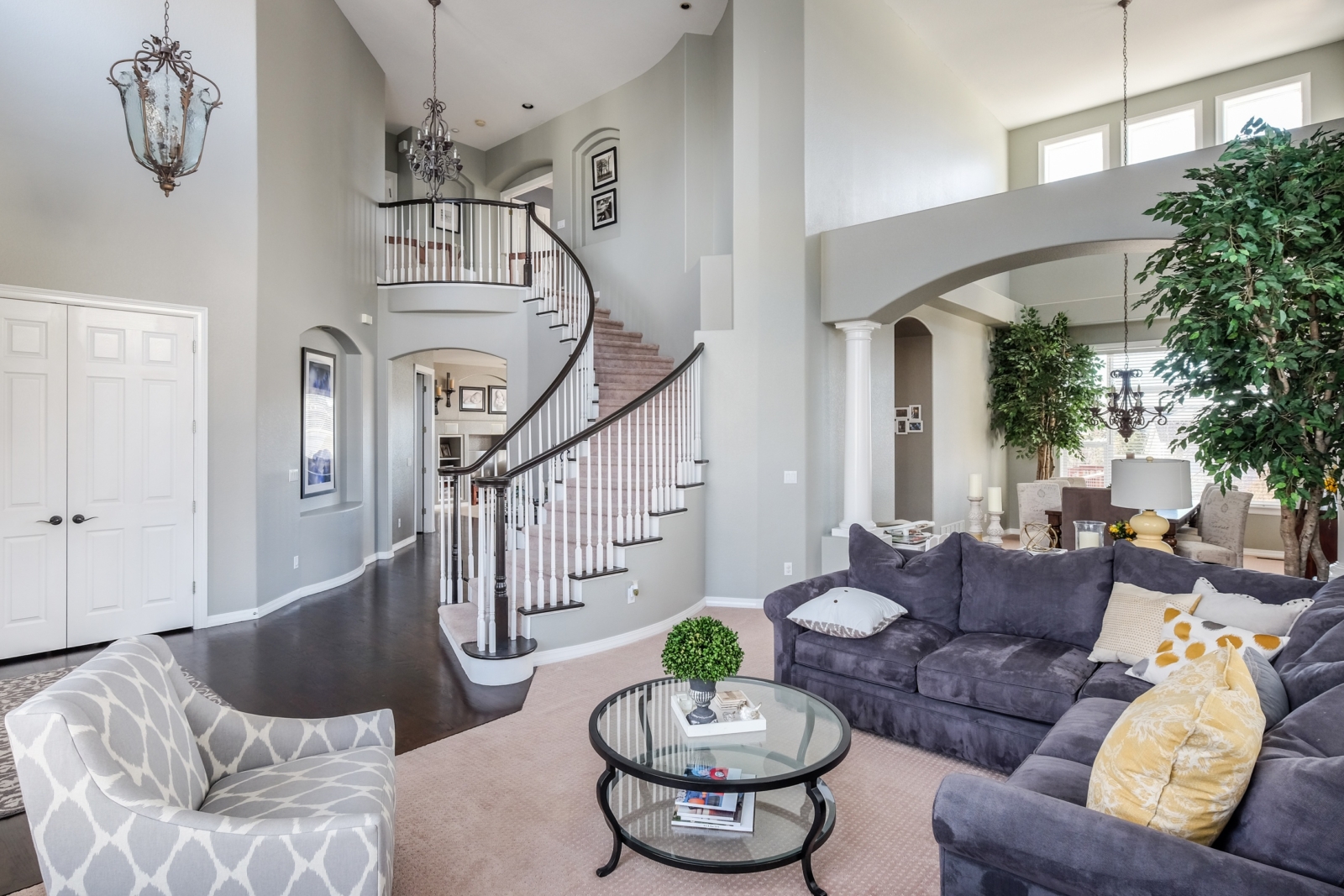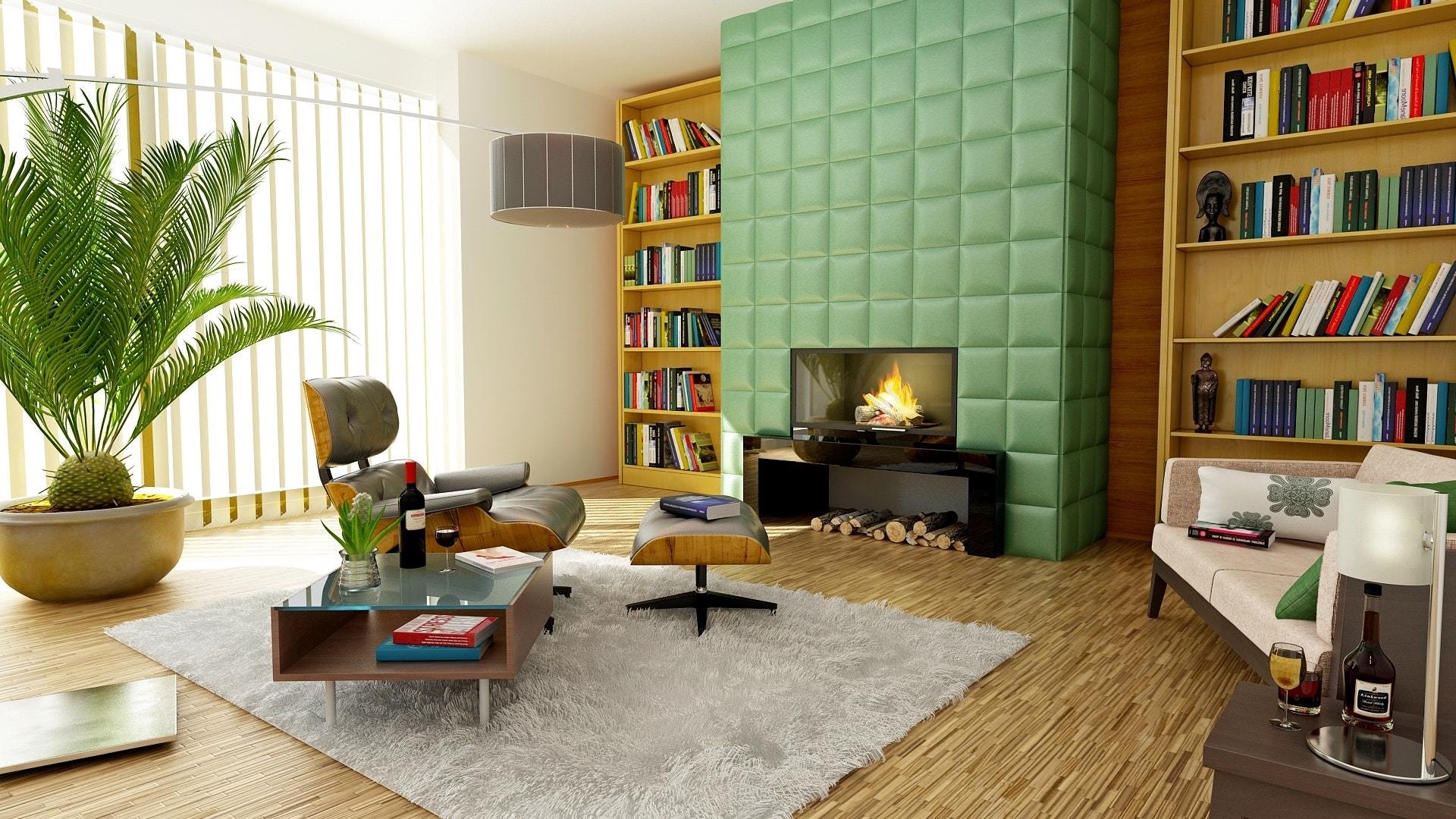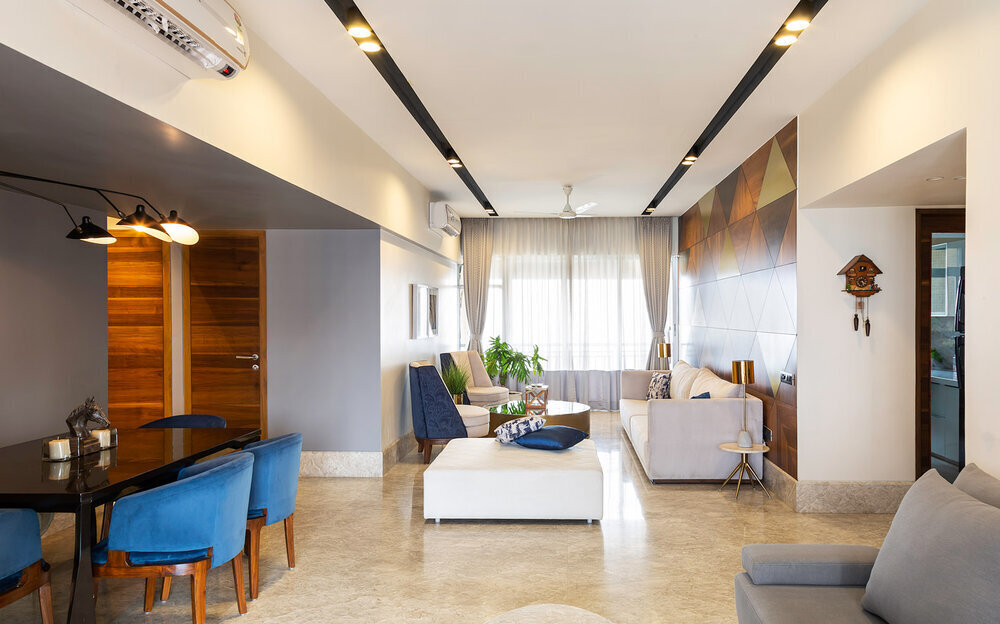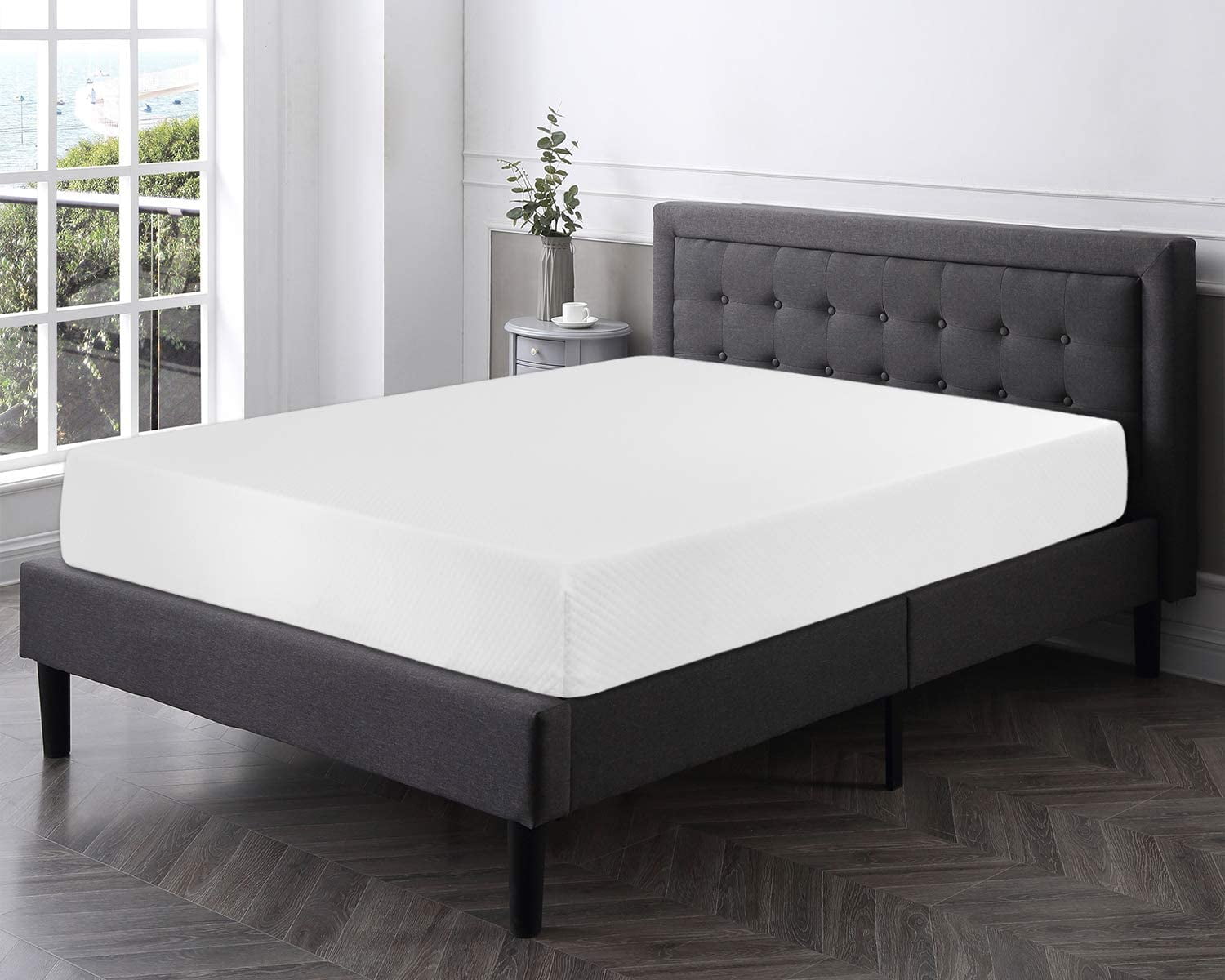When designing your living room, it's important to consider how you want to use the space. Do you want it to be a place for relaxation and entertainment, or do you need it to serve multiple functions? One way to maximize the functionality of your living room is to incorporate different areas within the space. By dividing the room into distinct zones, you can create a multi-functional and visually appealing living room. Here are some creative ideas for placing different areas in your living room. Living Room Layout Ideas: Place Different Areas in One Space
One of the most effective ways to divide a living room into different areas is through furniture placement. Start by determining the different functions you want to incorporate in your living room, such as a seating area, a reading nook, or a workspace. Then, arrange the furniture in a way that creates distinct zones for each function. For example, you can place a sofa and armchairs around a coffee table in one area for a cozy seating space, while placing a desk and chair in another area for a dedicated workspace. How to Divide a Living Room Into Different Areas
If you have an open-concept living room, you can use creative ways to separate different areas without using walls or doors. One idea is to use room dividers, such as bookshelves or curtains, to create distinct zones. This not only adds visual interest to your living room but also allows for flexibility in rearranging the space. You can also use area rugs to define different areas and add texture and color to the room. Creative Ways to Separate Living Room Areas
A living room with different areas is perfect for those who want a space that can serve multiple functions. For instance, you can have a cozy seating area for watching TV, a small dining area for meals, and a reading nook for relaxation. To make sure the different areas flow seamlessly, choose a cohesive color scheme and style for the entire room. This will create a cohesive and harmonious look, even with distinct zones. Designing a Multi-Functional Living Room with Different Areas
Another way to make the most out of different areas in your living room is to incorporate storage solutions. For example, you can use a storage ottoman as a coffee table in the seating area, or a bookcase as a room divider. These functional pieces not only add character to your living room but also provide extra storage space for a clutter-free look. Utilizing Different Areas in Your Living Room for Maximum Functionality
When designing your living room with different areas, it's important to consider the flow of the space. Make sure there is enough room to move around each area comfortably without feeling cramped. You can also add visual interest by incorporating different textures and patterns in each zone, such as a plush rug in the seating area and a geometric wallpaper in the workspace. Incorporating Different Areas in Your Living Room Design
To make your living room feel like multiple rooms, you can use different lighting techniques for each area. For example, you can have a bright overhead light in the seating area for social gatherings, while using a floor lamp in the reading nook for a cozy ambiance. This will not only create a sense of separation between different areas but also add depth to the room. Creating Distinct Zones in Your Living Room with Different Areas
If you have a small living room, incorporating different areas can actually help maximize the space. By creating distinct zones, you can make use of every inch of the room and avoid clutter. For instance, you can use a wall-mounted desk in the workspace area to save floor space, or a compact sofa in the seating area. This will not only make your living room feel more spacious but also add functionality to the space. Maximizing Space in Your Living Room with Different Areas
Another way to create the illusion of multiple rooms in your living room is to use different decor in each area. You can have a gallery wall in the reading nook, a statement light fixture in the dining area, and a large mirror in the seating area. This will not only add personality to your living room but also make each zone feel like its own unique space. How to Make Your Living Room Feel Like Multiple Rooms with Different Areas
If you're looking to refresh your living room, incorporating different areas is a great way to do so. By rearranging the furniture and adding new decor to each zone, you can give your living room a whole new look without spending a lot of money. You can also switch up the functions of each area to keep your living room versatile and interesting. Transforming Your Living Room with Different Areas for a Fresh Look
The Importance of Designating Different Areas in Your Living Room

Maximizing Space and Functionality
 The living room is often the heart of the home, where families gather to spend quality time together and entertain guests. It is also a space that serves multiple purposes, from relaxation to dining to work. With so much happening in one room, it can easily become cluttered and overwhelming. This is where the concept of different areas in the living room comes in. By designating specific zones for different activities, you can maximize the use of space and improve the functionality of your living room.
One of the main benefits of having different areas in your living room is the ability to make the most of the available space. By defining separate zones, you can create a sense of openness and flow, even in a smaller living room. This is especially important for those living in apartments or smaller homes where space is limited. For example, by designating a cozy reading nook in one corner and a media area in another, you can create the illusion of a larger living room.
The living room is often the heart of the home, where families gather to spend quality time together and entertain guests. It is also a space that serves multiple purposes, from relaxation to dining to work. With so much happening in one room, it can easily become cluttered and overwhelming. This is where the concept of different areas in the living room comes in. By designating specific zones for different activities, you can maximize the use of space and improve the functionality of your living room.
One of the main benefits of having different areas in your living room is the ability to make the most of the available space. By defining separate zones, you can create a sense of openness and flow, even in a smaller living room. This is especially important for those living in apartments or smaller homes where space is limited. For example, by designating a cozy reading nook in one corner and a media area in another, you can create the illusion of a larger living room.
Creating a Visual Hierarchy
 Another advantage of having different areas in your living room is the ability to create a visual hierarchy. This means that each zone has a distinct purpose and is visually separated from the others. This not only adds interest and depth to the room but also helps to organize the space. For instance, you can use a rug or different flooring to define a seating area, while a bookshelf or wall art can create a clear distinction for a work or study area.
Furthermore, having different areas in your living room allows for efficient use of space, making it more functional and practical.
If you have a small living room, you may not have the luxury of dedicating an entire room for a home office. By incorporating a workspace into your living room, you can still have a designated area for work without sacrificing the overall flow and functionality of the room.
Another advantage of having different areas in your living room is the ability to create a visual hierarchy. This means that each zone has a distinct purpose and is visually separated from the others. This not only adds interest and depth to the room but also helps to organize the space. For instance, you can use a rug or different flooring to define a seating area, while a bookshelf or wall art can create a clear distinction for a work or study area.
Furthermore, having different areas in your living room allows for efficient use of space, making it more functional and practical.
If you have a small living room, you may not have the luxury of dedicating an entire room for a home office. By incorporating a workspace into your living room, you can still have a designated area for work without sacrificing the overall flow and functionality of the room.
Personalization and Flexibility
 Having different areas in your living room also allows for personalization and flexibility in your design. You can tailor each zone to suit your individual needs and style. For example, you can have a formal dining area for special occasions, while a more casual dining space for everyday meals. This also allows for flexibility in furniture arrangement, as you can easily rearrange or add/remove pieces to suit different activities or events.
In conclusion, by designating different areas in your living room, you can maximize space, create a visual hierarchy, and add personalization and flexibility to your home design. This not only makes your living room more functional but also adds interest and style to the space.
With careful planning and thoughtful design, you can create a living room that caters to all your needs and reflects your unique personality. So don't be afraid to get creative and experiment with different areas in your living room to make it truly your own.
Having different areas in your living room also allows for personalization and flexibility in your design. You can tailor each zone to suit your individual needs and style. For example, you can have a formal dining area for special occasions, while a more casual dining space for everyday meals. This also allows for flexibility in furniture arrangement, as you can easily rearrange or add/remove pieces to suit different activities or events.
In conclusion, by designating different areas in your living room, you can maximize space, create a visual hierarchy, and add personalization and flexibility to your home design. This not only makes your living room more functional but also adds interest and style to the space.
With careful planning and thoughtful design, you can create a living room that caters to all your needs and reflects your unique personality. So don't be afraid to get creative and experiment with different areas in your living room to make it truly your own.



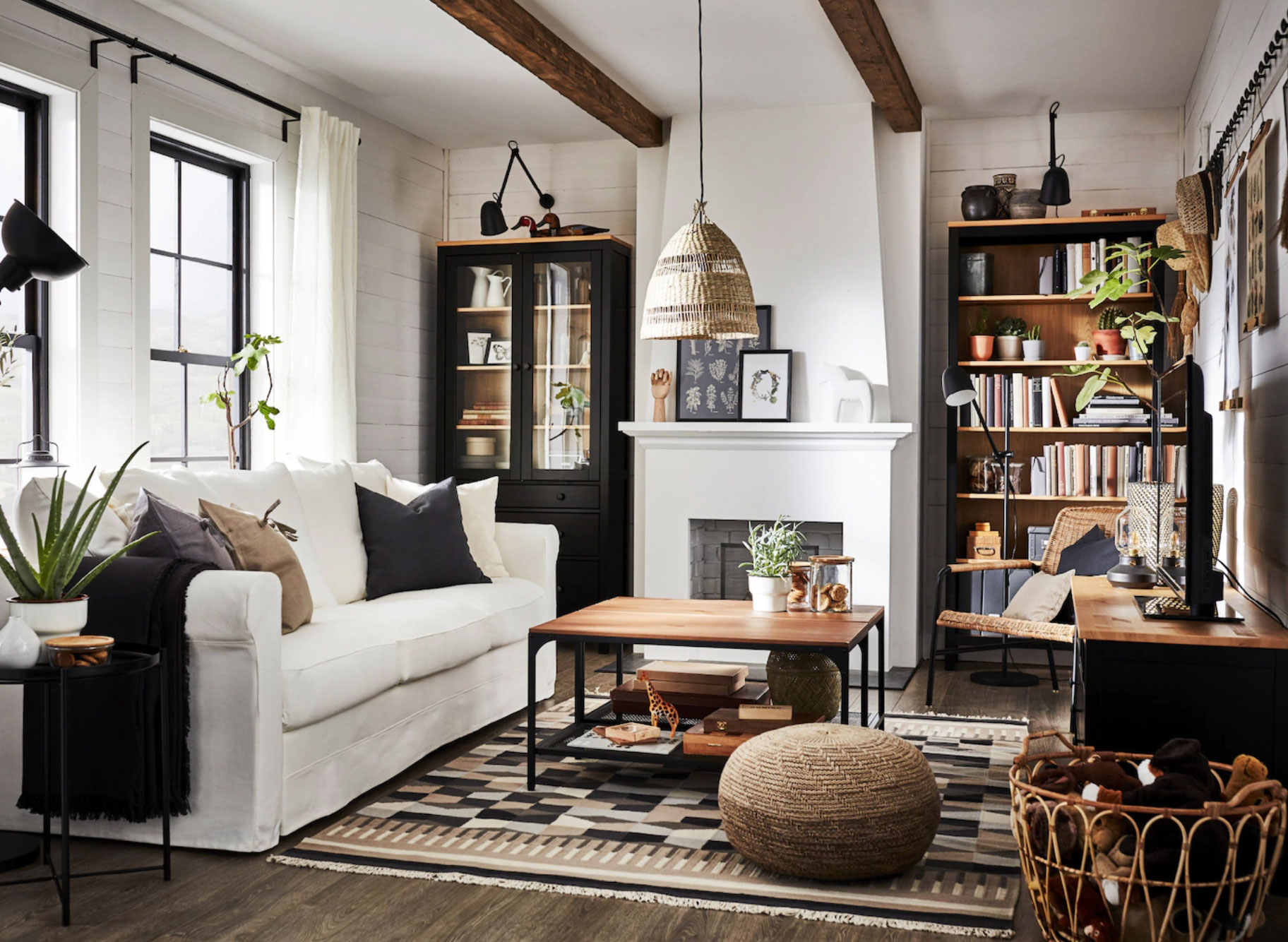
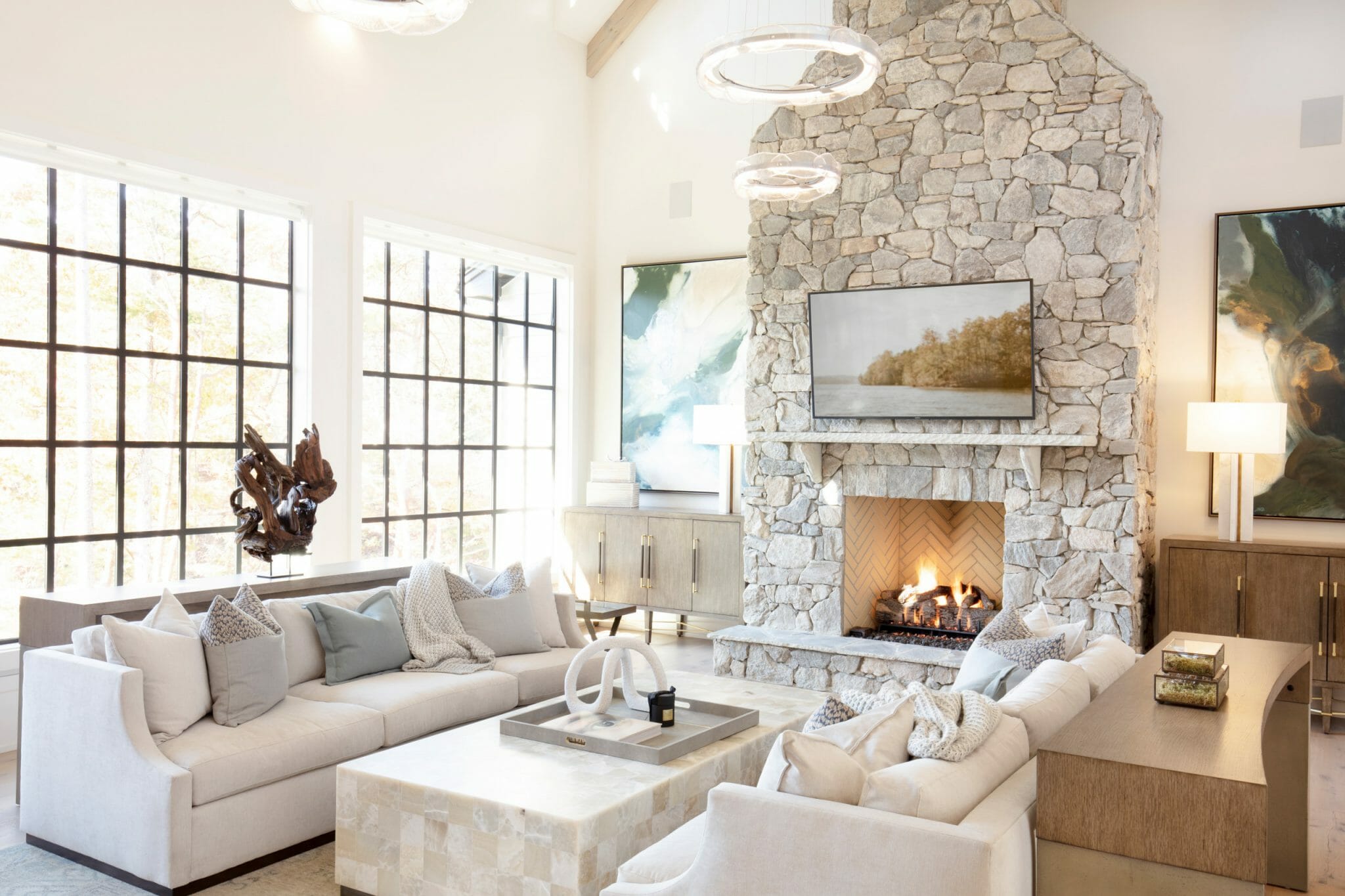













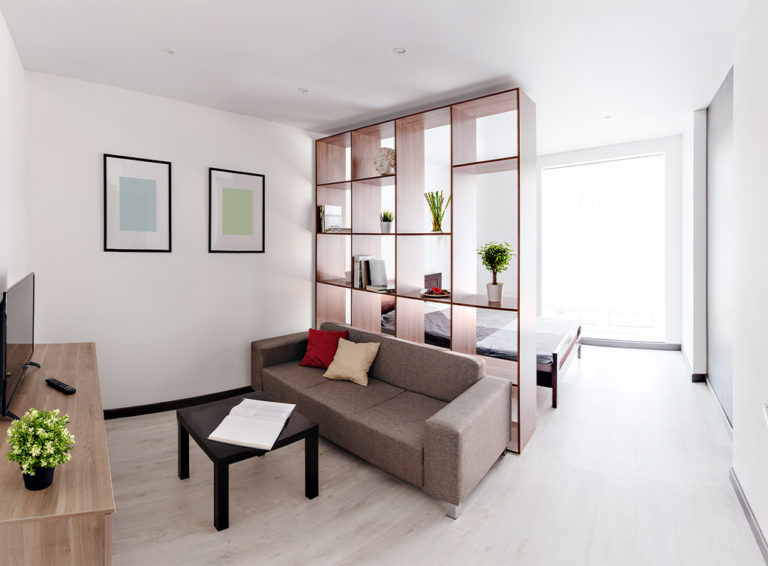
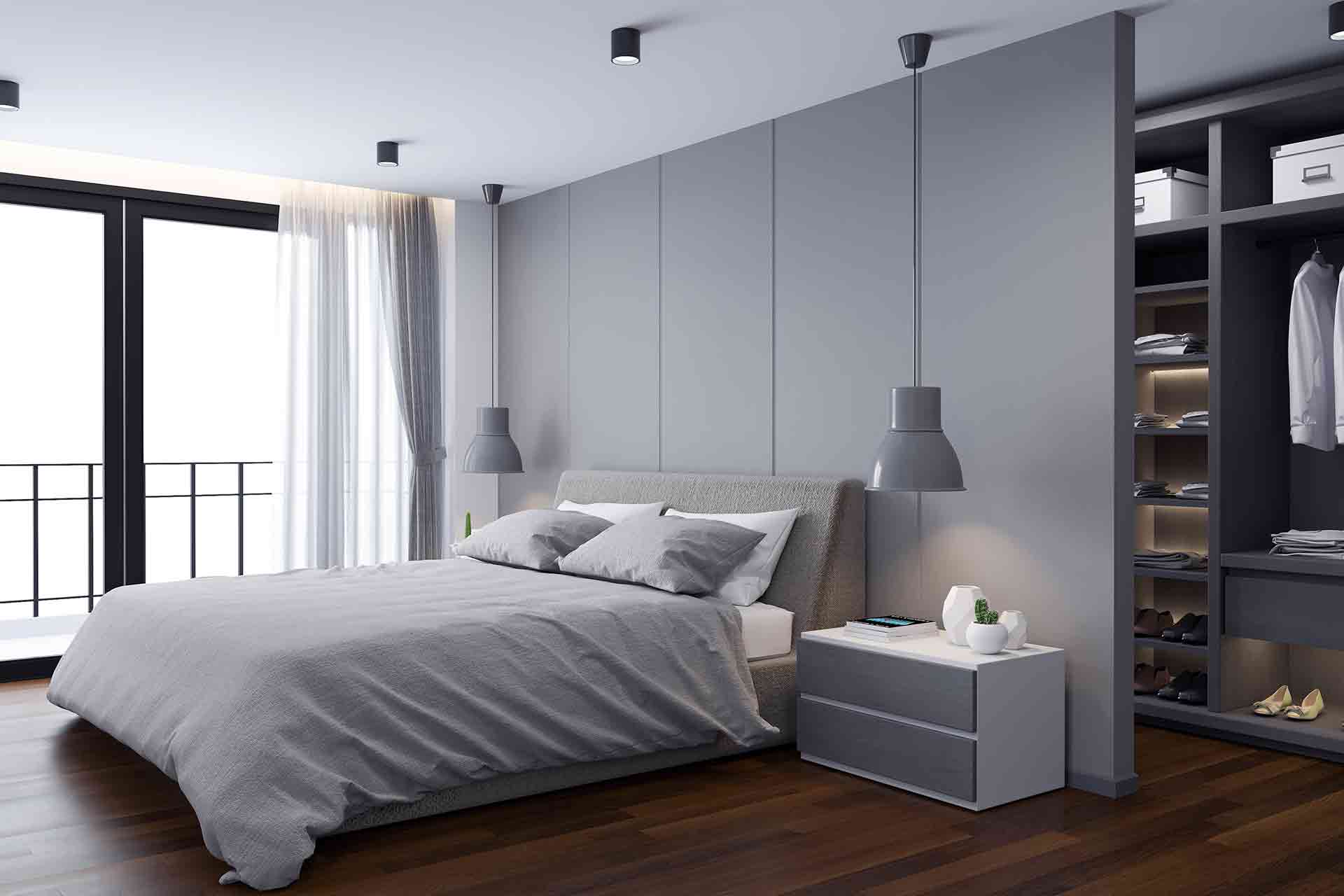


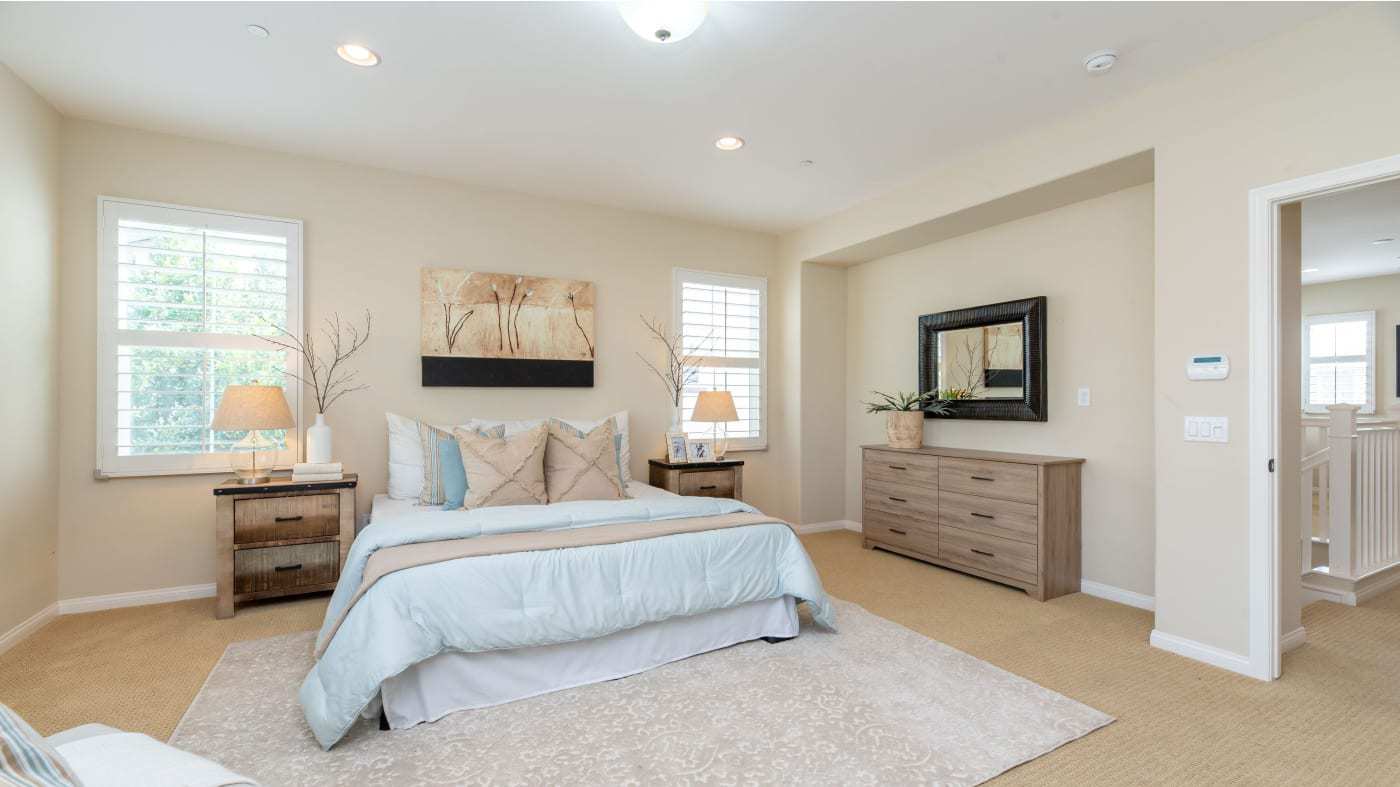






/Roomdivider-GettyImages-1130430856-40a5514b6caa41d19185ef69d2e471e1.jpg)

